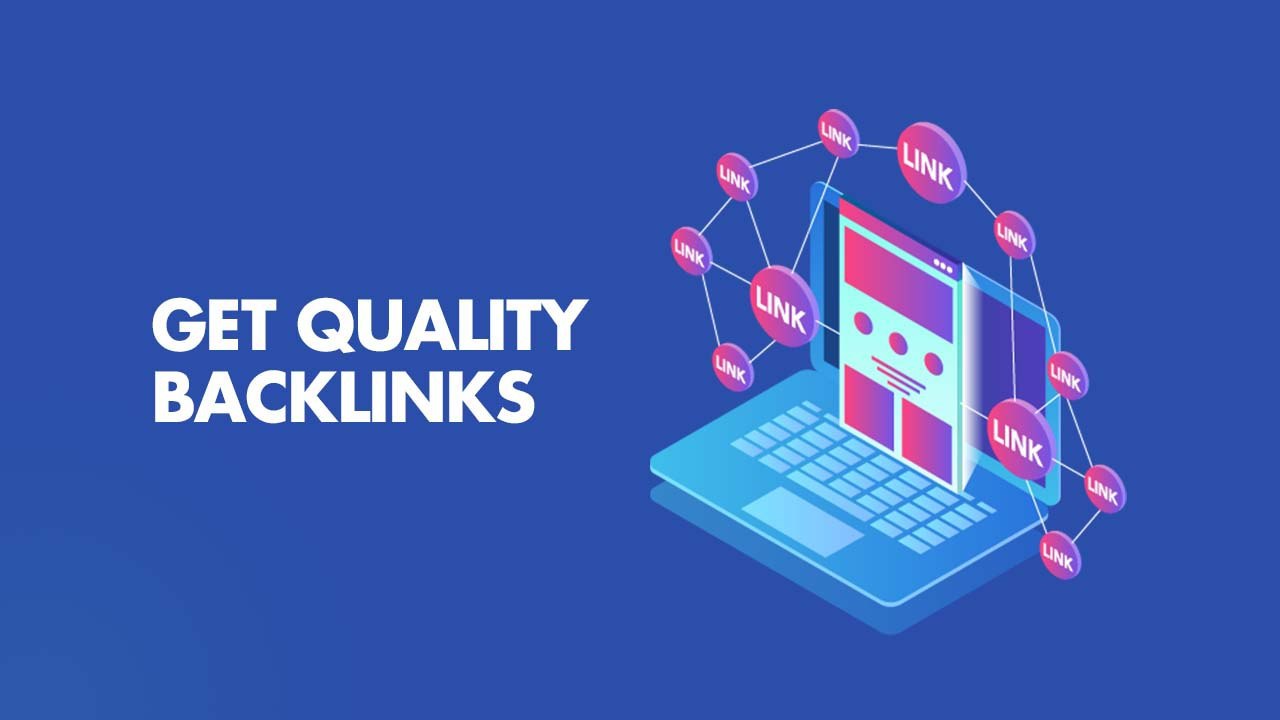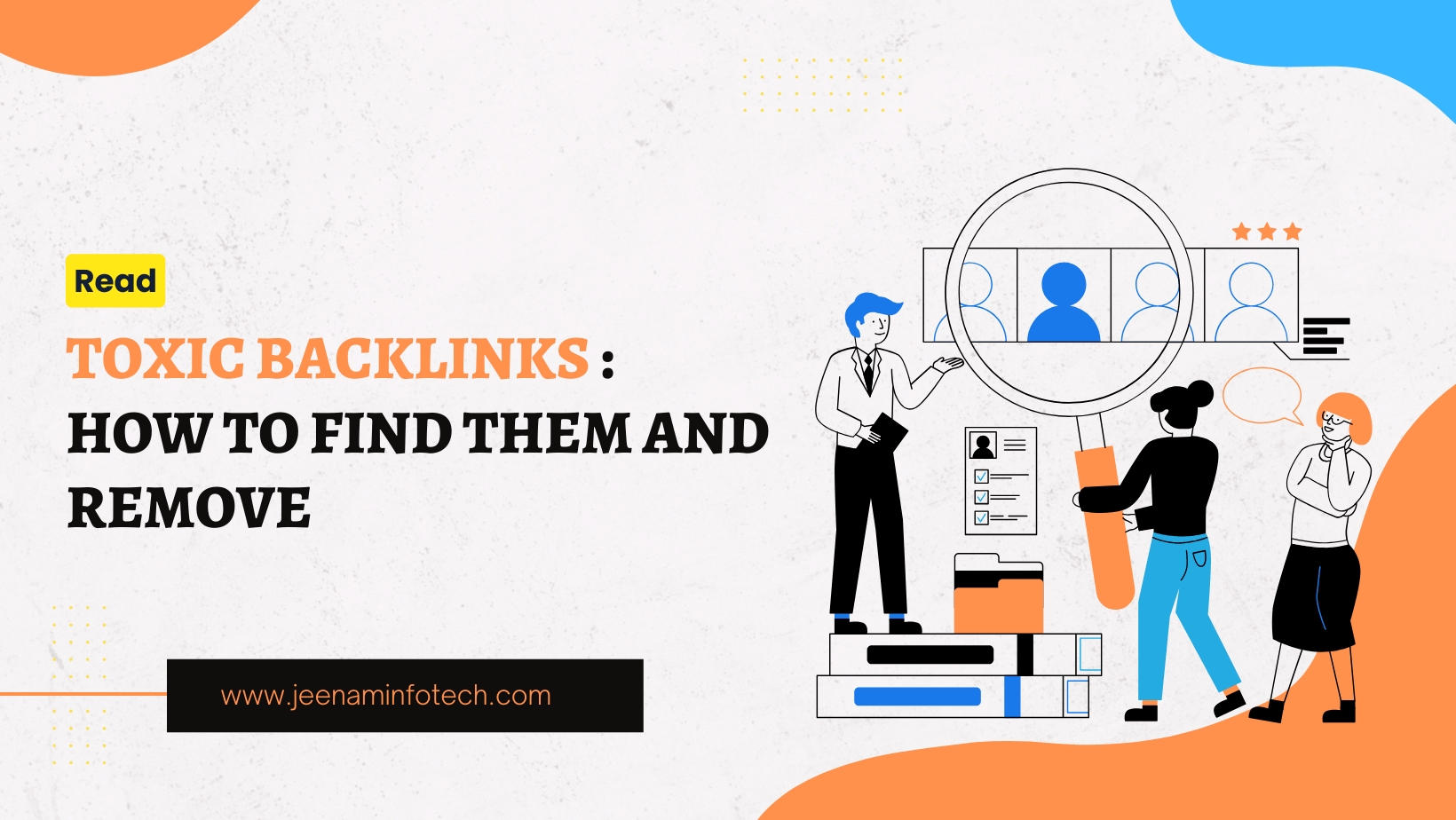Link building is essential for any search engine optimization (SEO), and local SEO is no exception. A lot of the methods you’d use are the same.

promote it to the right influencers, guest post on related sites, and secure links on appropriate resource directories.
Definition of Link Building in Local SEO
Local Link building is the process of attracting more external links to your site. Links from other websites, often known as “backlinks,” “inbound links,” or “incoming links,” are one of the most effective ways to increase your site’s visibility and visitor numbers.
Let’s join the two ideas together now.
Getting backlinks from specific local businesses is called link building for local SEO. Local link building can increase your site’s rankings in organic local search results and bring in more visitors who are more likely to purchase.
Read More:- 5 Tactics for Affordable White Hat Link Building In 2023
The Role of Link Building in Local Search Engine Optimization
Building local links is important for three main reasons.
When determining your page rank, the first thing Google looks at is the number of links pointing back to your site.
If you want to rank on page one of Google, you need as many high-quality backlinks as possible. More than 68.4 % of all clicks on organic search results go to the top five results.
The second benefit of link building for local SEO is the increased visibility your website will receive from local searches. You may increase the likelihood that your visitors will actually make a purchase if you tailor your marketing strategy to the proper audience.
Finally, generating links for local SEO is great for growing your brand’s organic reach. The – Rule of 7 in marketing states that customers need to be exposed to a brand a minimum of seven times before taking any kind of action. Increasing your company’s profile will assist you in cultivating leads.
Read More:- Understanding Link Insertions and Their Importance in SEO
7 Simple Steps to Boost Local SEO with Link Building
1. Get links from other high-quality ranking sites
The term “Barnacle SEO” is used to describe this strategy. You can easily collect links from sites that appear in the search results by conducting a Google search for some of your relevant terms.
Look for aggregators and directories because you won’t obtain links from competitors. People typically utilize these sites when in the market for a new business.
Simply joining up and adding your company to one of these directories is generally enough to have you featured. In a short time, you may ensure that you are in the frame of mindset and get the resulting commercial benefits.
2. Promote your business by hosting events and contests
Need to find local link-building chances while simultaneously expanding your brand’s visibility in the area?
Think of organizing a unique campaign or event. If you’re looking for some party ideas, consider the following:
- Back a community sports team.
- Organize a fund-raising event.
- Organize a seminar
- Organize a contest
You might give away samples of your product for free or provide seasonal sales. What’s best for your company is whatever fits your business model the best.
Find local news sources like newspapers, radio stations, Facebook groups, etc., by doing some research online.
Think about who your ideal customer is and then decide which stores to advertise in. Social media is an excellent starting point, as 96% of 18–25-year-olds and 87% of 55–66-year-olds use it
on a daily basis.
Write up a brief press statement. Important dates, specifics, and a backlink URL should all be included.
3. Get the inbound connections that your competitors have
There are likely many opportunities for contextually and geographically relevant links if you examine the overlap of links to your competitors’ sites.
Link Intersect makes it simple to test this hypothesis. You can easily find out who is linking to your competitors but not you by entering both your site and theirs into the tool.
You’ll uncover a number of directories and links relevant to your niche. Local citations are listings in online directories that offer basic company information like name, address, and phone number.
4. Reclaim broken links
Links to pages that no longer exist on websites become broken as sites evolve over time. Redirecting outdated links to the latest versions of your pages allows you to reclaim the value of those inbound clicks. Here’s the procedure:
- Launch Site Explorer and enter your domain.
- Check out the Top Sites Listed by Links report.
- Filter HTTP responses with a “404 Not Found” status.
- I typically do this by “Referring Domains.”
5. Find an additional local link.
These are external connections to regionally relevant websites. I’ll provide a strategy for locating these and other chances.
Here are a few options for the time being:
- University-related resources (such as internships, jobs, grants, free food, and discounts for students) and alumni-related resources
- Localized web resources and indexes
- News from the area, periodicals, and audio recordings
- There are some that cater specifically to the state or its environs. Neighborhood forums (like Nextdoor, Facebook, or Reddit) In the broad sense, sponsorships (for events like sports leagues, races, get-togethers, charities, and so on).
Utilize existing contacts. It contains supplier or affiliation feedback or case studies.
Churches, businesses, and other organizations, as well as individuals, could all play a role. If you want to do things like round-up local experts, ego bait is a great tool to use.
6. Create local content.
To create content, you must first choose topics that will interest your audience and then plan, create, and distribute information about those topics. When planning for local content, keep your business and your target audience in mind.
Have you started a blog? If not, build one and focus on local issues. Blogging takes more time, but it’s worth it for local SEO link building.
- Blogging is a great way to establish your credibility and competence in your field, which in turn encourages readers to choose your brand over others.
- 63% of purchasers read blog postings during the research phase, says a report from Demand Gen.
- Sharing blog posts on social media is simple. More people will become aware of your brand and visit your site if you encourage them to share your content.
7. Integrate internal links
You also have a local site that you manage. Building links from the inside is a valuable strategy. Learn more about where to look for such linking possibilities with our help.
Final Thoughts
Developing and releasing your local link-building campaign can seem like a daunting task. Still, with the appropriate tool, you can make something that truly embodies your business while also having a lot of fun doing it.
This guide has covered the fundamentals of local link development, including what it is and why it matters for businesses.
Request a demo from Jeenam Infotech to begin your local link-building campaigns and promote your brand locally.








